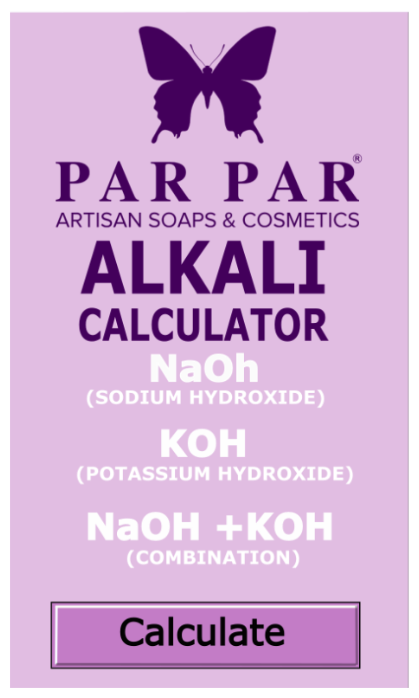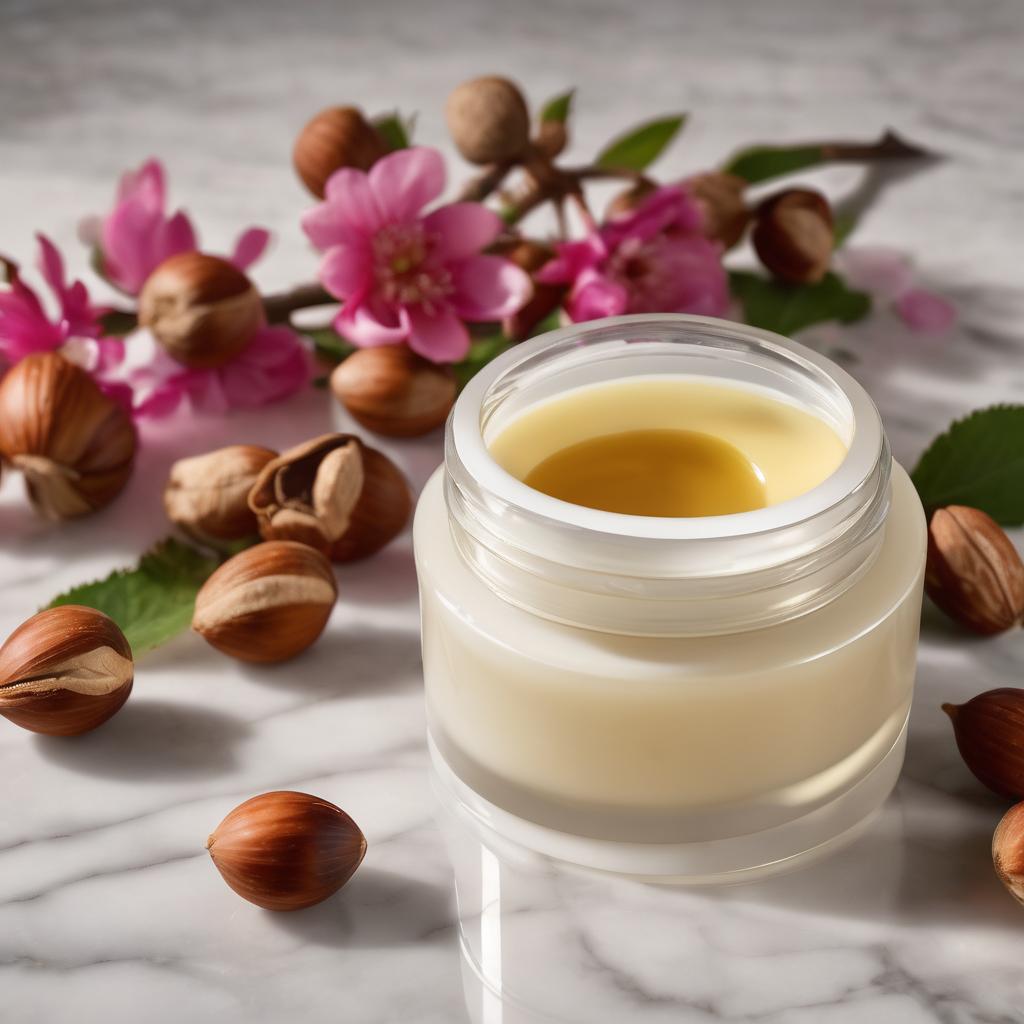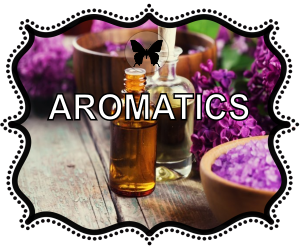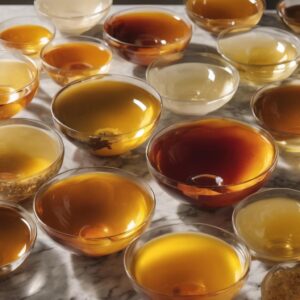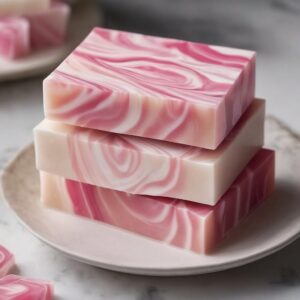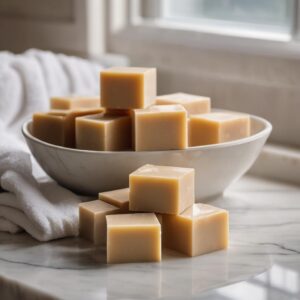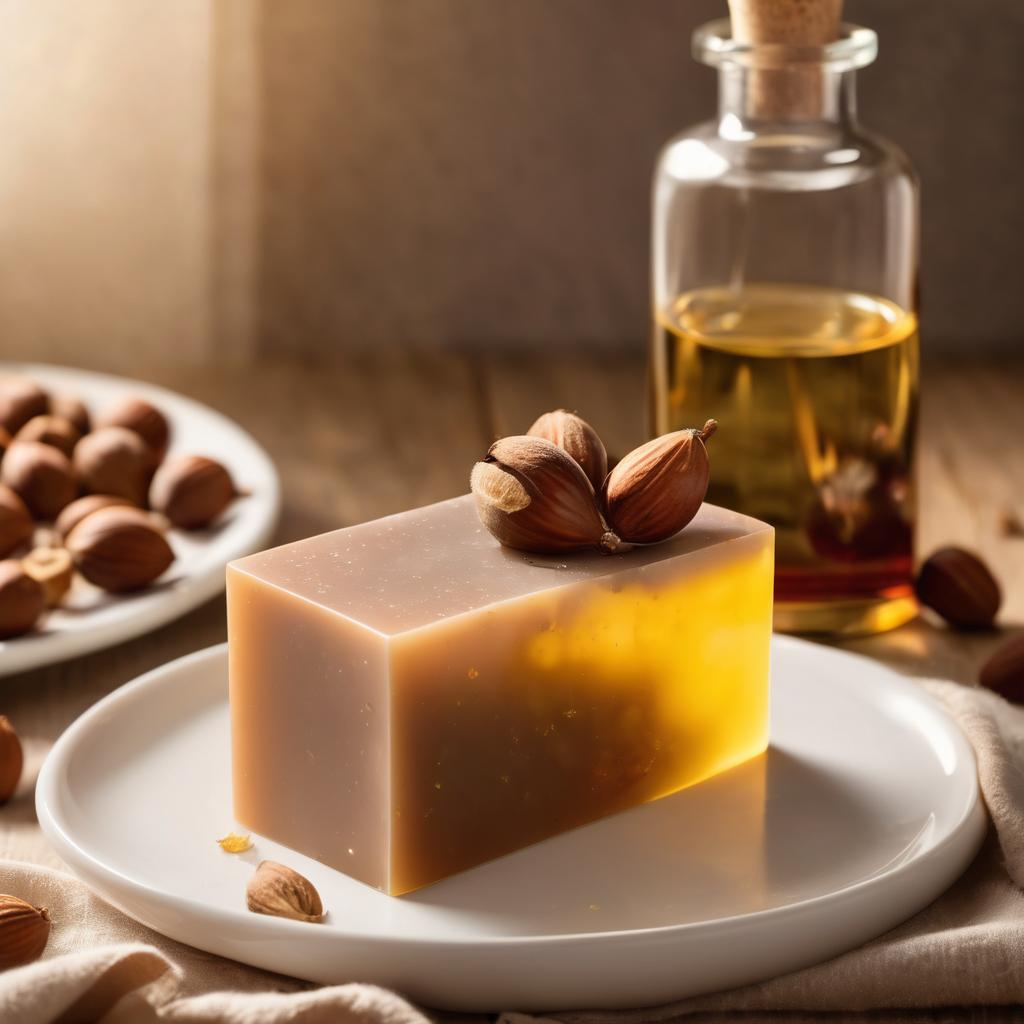

Table of Contents
Specifications
How to Use Hazelnut Oil
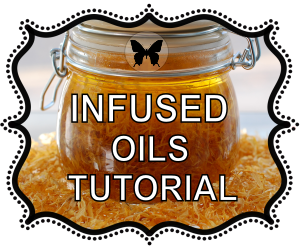

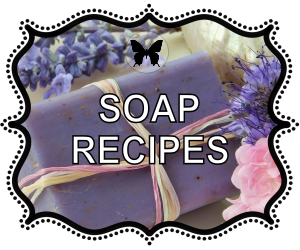
H azelnuts refer to the nuts produced by hazel trees, primarily the species Corylus avellana. These nuts are commonly known as hazelnuts, filberts, or cobnuts, depending on regional and species variations. Hazel trees are deciduous trees that belong to the genus Corylus, and they produce these small, round or oval nuts.
Hazelnuts are grown in various parts of the world, and the major hazelnut-producing countries include:
- Turkey: Turkey is the largest producer of hazelnuts globally, particularly the region around the Black Sea. Turkish hazelnuts are known for their quality and are a significant component of the global hazelnut market.
- Italy: Italy is another major producer of hazelnuts, with regions such as Piedmont being famous for the cultivation of high-quality hazelnuts.
- United States: Oregon is a notable hazelnut-producing state in the U.S. The state’s Willamette Valley is well-known for hazelnut cultivation.
- Georgia: In the United States, Georgia is also involved in hazelnut production, and efforts have been made to expand hazelnut cultivation in various regions.
SAPONIFICATION VALUE OF HAZELNUT OIL:
188-193 mg KOH/g
Saponification Values and Why They Vary
- NaOH – Sodium Hydroxide Multiplyer (oz): 0.14
- KOH – Potassium Hydroxide Multiplyer (oz): 0.197
- Quick and Easy – Use the Par Par Alkali Calculator
It’s important to note that specific values may vary based on factors such as the source of the hazelnuts, the extraction method, and other processing considerations. If precise information is needed for a specific product or application, it’s advisable to refer to the supplier’s specifications or consult reliable sources for accurate data.

FATTY ACIDS COMPOSITION (Fatty Acid Fraction):
| Lipid | Fatty Acid | Range | Typical | Soap Property |
|---|---|---|---|---|
| C18:2 | Linoleic | 7.0 - 30.0 % | 21.0 % | Conditioning, Moisturizing, Silky Lather |
| C18:1 | Oleic | 62.0 - 86.0 % | 70.0 % | Conditioning, Moisturizing |
| C16:0 | Palmitic | 4.0 - 9.0 % | 5.5 % | Hardness, Stable Creamy Lather |
Fatty Acid Composition Source: https://pubchem.ncbi.nlm.nih.gov/
IODINE VALUE: 80-90
The iodine value of an oil is a measure of the amount of iodine that can be absorbed by the oil, indicating its degree of unsaturation or the presence of double bonds in the fatty acid chains. Iodine affects the hardness and conditioning qualities of soap. The lower the Iodine Value, the less conditioning and harder the soap batch will be. Therefore a soap recipe with iodine values higher than 70 will tend to produce a softer batch of soap. The iodine value is expressed in grams of iodine absorbed by 100 grams of the oil. The iodine value of candlenut oil can vary, and specific values may depend on factors such as the source of the oil and the extraction method. Generally, the iodine value for hazelnut oil falls within the range of approximately 80 to 90.
It’s important to note that iodine values are influenced by the fatty acid composition of the oil. Oils with higher iodine values tend to be more unsaturated and may have a greater susceptibility to oxidation. If you need precise information for a specific product or application, it’s recommended to refer to the supplier’s specifications or consult a reliable source for accurate data.
How iodine affects the quality of your soap.
INCI: Corylus Avellana (Hazel) Seed Oil
How to Label Your Homemade Soaps and Cosmetics for Sale
INCI Names of Soap and Cosmetic Ingredients


Delicious Hazelnut Pastries
What is Hazelnut Oil Used For?
Hazelnut oil, derived from hazelnuts, is a flavorful oil that has various uses in culinary and cosmetic applications. Here are some common uses for hazelnut oil:
- Cooking and Salad Dressings:
- Flavorful Cooking Oil: Hazelnut oil is used as a cooking oil to add a rich, nutty flavor to dishes. It works well in sautéing, roasting, and baking.
- Salad Dressings: The oil is often used in salad dressings to enhance the flavor of fresh greens. Its delicate and nutty taste can complement a variety of salad ingredients.
- Baking:
- Pastry and Baked Goods: Hazelnut oil can be incorporated into the preparation of pastries, cakes, cookies, and other baked goods to impart a distinct hazelnut flavor.
- Condiments and Sauces:
- Flavor Enhancer: Hazelnut oil is used in the preparation of various condiments and sauces to add depth and richness to the flavor profile.
- Flavoring:
- Ice Cream and Desserts: The oil is sometimes used as a flavoring agent in ice creams, desserts, and confectionery items to provide a nutty taste.
- Skincare:
- Moisturizer: Hazelnut oil is known for its moisturizing properties and is used in skincare products such as lotions and creams. It is often included in formulations for its ability to hydrate the skin without leaving a greasy feel.
- Massage Oil: Due to its light and smooth texture, hazelnut oil is popular as a massage oil. It allows for easy glide during massages and is well-absorbed by the skin.
- Hair Care:
- Hair Conditioner: Hazelnut oil is sometimes used in hair care products, including conditioners, to nourish and add shine to the hair.
- Aromatherapy:
- Carrier Oil: Hazelnut oil can serve as a carrier oil in aromatherapy, allowing for the dilution of essential oils for massage or other applications.
- Soap Making:
- Soap Formulations: Hazelnut oil is used in the production of soaps, contributing to the soap’s moisturizing properties.



It’s important to note that the uses of hazelnut oil can vary based on its quality, purity, and whether it is cold-pressed or refined. Always check the specific product’s label or consult with the manufacturer for guidance on its intended use. Additionally, individuals with nut allergies should exercise caution and consult with a healthcare professional before using hazelnut oil.


Pure hazelnut oil.
Hazelnut oil is a popular choice in soapmaking due to its skin-nourishing properties and the mild, nutty aroma it imparts to the soap. Here are some considerations and benefits of using hazelnut oil in soapmaking:
- Moisturizing Properties: Hazelnut oil is known for its moisturizing and skin-softening properties. It can help create a soap that is gentle on the skin and contributes to the soap’s conditioning qualities.
- Quick Absorption: Hazelnut oil is easily absorbed by the skin, making it suitable for soaps intended to provide a smooth and non-greasy feel.
- Vitamins and Antioxidants: Hazelnut oil contains vitamin E, which is an antioxidant that can help protect the skin from free radicals. This can be beneficial for maintaining healthy skin.
- Mild Aroma: The mild, nutty aroma of hazelnut oil can add a pleasant scent to the soap without being overpowering. It complements other fragrances and essential oils used in the soap.
- Lathering Properties: While hazelnut oil itself does not contribute significant lathering properties to soap, it can be combined with other oils that enhance lather to create a well-balanced soap.
- Blending with Other Oils: Hazelnut oil is often used in combination with other oils and fats in soap formulations to achieve a balanced blend of properties, including hardness, lathering, and conditioning.
- Color: Hazelnut oil has a light color, which can help maintain the natural color of soap or be easily tinted with natural colorants if desired.

When incorporating hazelnut oil into your soap recipe, it’s important to consider factors such as the overall oil blend, the percentage of hazelnut oil used, and the specific qualities you want in the final soap. Additionally, the saponification value of hazelnut oil should be taken into account when formulating soap recipes to ensure proper soapmaking calculations. As with any ingredient in soapmaking, it’s recommended to test small batches and be mindful of individual preferences and skin sensitivities. Always follow proper safety guidelines when working with lye and other soapmaking ingredients.

Color, Viscosity & Aroma

Organic Hazelnut Oil
The color, viscosity, and aroma of hazelnut oil can vary based on factors such as the quality of the oil, the extraction method, and whether it is refined or unrefined. Here are some general characteristics:
- Color:
- Unrefined Hazelnut Oil: Unrefined or cold-pressed hazelnut oil is typically light to medium golden-yellow in color. It may have a slightly cloudy appearance due to the presence of natural compounds and particles from the hazelnuts.
- Refined Hazelnut Oil: Refined hazelnut oil is often lighter in color, appearing more pale yellow or clear.
- Viscosity:
- Light Texture: Hazelnut oil is known for its light and non-greasy texture. It has a relatively thin consistency, making it easily absorbed by the skin.
- Aroma:
- Mild and Nutty: Hazelnut oil has a mild, nutty aroma. The scent is not overpowering and tends to be subtle, allowing it to blend well with other fragrances in various applications.
- Roasted Varieties: Some hazelnut oils are produced from roasted hazelnuts, which can impart a stronger, toasted aroma to the oil. This type of hazelnut oil may be preferred in certain culinary applications for its distinctive flavor.
It’s important to note that individual preferences for aroma can vary, and the specific characteristics of hazelnut oil may be influenced by factors such as the region of production and the specific hazelnut varieties used. Additionally, the shelf life of hazelnut oil can be affected by factors like exposure to light and air, so proper storage is important to maintain its quality. Always check the product label or consult with the supplier for detailed information on the particular hazelnut oil being used.
Cautions
While hazelnut oil is generally considered safe for most people, there are a few cautions and considerations to keep in mind:
- Allergies: Individuals with nut allergies should exercise caution when using hazelnut oil. Although hazelnuts are technically seeds, they are often grouped with tree nuts in terms of allergies. If you have a known nut allergy, it’s advisable to consult with a healthcare professional before using hazelnut oil, either topically or internally.
- Sensitivity: While hazelnut oil is considered mild and well-tolerated by most individuals, it’s always possible for someone to have a sensitivity or reaction. Perform a patch test before using hazelnut oil extensively on the skin. Apply a small amount to a small area and monitor for any adverse reactions.
- Storage: Like other oils, hazelnut oil can become rancid over time due to exposure to air, light, and heat. Store hazelnut oil in a cool, dark place, and tightly seal the container to preserve its freshness.
- Processing Methods: Different varieties of hazelnut oil can be produced using various processing methods, such as cold-pressing or refining. Some individuals may have preferences for specific types of hazelnut oil based on taste or nutritional considerations.
- Culinary Use: While hazelnut oil is flavorful and can enhance the taste of dishes, its distinct nutty flavor may not be suitable for all culinary applications. It’s a good idea to consider the flavor profile of hazelnut oil in relation to the specific dish being prepared.
- Shelf Life: Be mindful of the shelf life of hazelnut oil. Check the product label for expiration dates and storage recommendations. Discard the oil if it shows signs of rancidity, such as an off smell or change in color.
Disclaimer: As with any product, individual responses can vary, and it’s important to be aware of personal sensitivities and allergies. If you have specific health concerns or conditions, especially related to allergies, it’s advisable to consult with a healthcare professional before incorporating hazelnut oil into your diet or skincare routine. All information, appearing herein is based upon data that are believed to be reliable. However, it is the user’s responsibility to determine the suitability of the product before use. Since the actual use of the product is beyond our control, no guarantee, express or implied, is made by Par Par Soaps & Cosmetics of the product nor does Par Par Soaps & Cosmetics assume any liability arising out of use, by others, of the product, referred to herein.

Making Homemade Soap with
Hazelnut Oil
Soap made with hazelnut oil can offer several benefits for the skin due to the unique properties of this oil. Here are some potential benefits:
- Moisturizing: Hazelnut oil is known for its moisturizing properties. It helps to hydrate the skin and maintain its natural moisture balance, making it suitable for individuals with dry or dehydrated skin.
- Lightweight Texture: Hazelnut oil is a lightweight oil that is easily absorbed by the skin. This makes it suitable for soap formulations, as it won’t leave a heavy or greasy feeling on the skin.
- Rich in Vitamin E: Hazelnut oil contains vitamin E, which is a powerful antioxidant. Vitamin E helps protect the skin from free radicals and oxidative stress, contributing to overall skin health.
- Non-Comedogenic: Hazelnut oil is considered non-comedogenic, meaning it is less likely to clog pores. This makes it a good choice for individuals with oily or acne-prone skin, as it can moisturize without causing breakouts.
- Astringent Properties: Hazelnut oil has natural astringent properties, which may help tighten and tone the skin. This can be beneficial for individuals looking to improve the appearance of large pores or achieve a smoother complexion.
- Mild and Gentle: Hazelnut oil is generally well-tolerated by most skin types. It is considered mild and gentle, making it suitable for sensitive skin.
- Improves Skin Elasticity: The vitamin E content in hazelnut oil may contribute to improved skin elasticity. Regular use of hazelnut oil soap may help maintain the skin’s suppleness and reduce the appearance of fine lines and wrinkles.
- Antibacterial Properties: While not as strong as some other oils, hazelnut oil does possess mild antibacterial properties. This can be beneficial for promoting a clean and healthy skin environment.
When using hazelnut oil soap, it’s important to note that individual reactions can vary. It’s advisable to perform a patch test before using the soap on larger areas of the skin, especially for those with known allergies or sensitivities. Additionally, the overall formulation of the soap, including other ingredients used, can influence its properties and benefits.. What is superfatting?

Soap Making Tip:
When you are purchasing ingredients, pay close attention to whether the ingredient is being sold by weight or by volume. The measurements for this recipe are by weight, and may not be equal to the volume measurement of the same number. For example, eight ounces of carrier oil by volume (1 cup) may weigh less than 8 ounces on a scale. If you are purchasing ingredients by volume, order a little more than what the recipe calls for in weight.
Hazelnut Oil Soap Recipe
Soap weight before CP cure or HP cook – 1.5 LBS
How to Size a Recipe to Your Mold
Ingredients (measured by weight)
10.5 ounces (298 grams) Olive Oil
7 ounces (198 grams) Coconut Oil
5.25 ounces (149 grams) Hazelnut Oil
2.1 ounces (60 grams) Sodium Hydroxide (Lye)
4.8 ounces (136 grams) Distilled Water
0.5 to 1 ounce (14 to 28 grams) Fragrance Oil or Essential Oil (optional)
1 teaspoon (5 grams) Sodium Lactate (optional, for hardness)
Instructions
- Safety First: Wear safety goggles and gloves while handling lye. Work in a well-ventilated area.
- Prepare Your Molds: Line your soap molds with parchment paper or use silicone molds.
- Measure Ingredients: Weigh the oils and lye accurately using a digital scale.
- Mix Lye Solution: Slowly add the lye to the water (never the other way around) in a heat-resistant container. Stir until the lye is fully dissolved. Allow the lye solution to cool to around 100°F (38°C).
- Prepare Oils: In a stainless steel or heat-resistant container, combine the olive oil, coconut oil, and hazelnut oil. Heat the oils to around 100°F (38°C).
- Combine Oils and Lye: Slowly pour the lye solution into the oils. Use a stick blender to mix until you reach trace—a stage where the soap batter thickens.
- Add Fragrance (Optional): If using fragrance or essential oil, add it to the soap batter and mix well.
- Pour into Molds: Pour the soap batter into your prepared molds.
- Insulate and Cure: Cover the molds with a towel or blanket to keep the heat in. Allow the soap to sit in the molds for 24-48 hours. After that, unmold the soap, cut it into bars, and let it cure for 4-6 weeks.
- Enjoy: Once cured, your hazelnut oil soap is ready to use!
Remember to experiment with small batches and record your results. Soapmaking is both an art and a science, and you can adjust the recipe to suit your preferences over time.
For more detailed instructions on making Cold Processed Soap, please check out our first tutorial, How to Make Cold Processed Soap.

Qualities & Values
| Soap Bar Quality | Range | This Recipe |
|---|---|---|
| Hardness | 29-54 | 32 |
| Cleansing | 12-22 | 20 |
| Conditioning | 44-69 | 63 |
| Bubbly | 14-46 | 29 |
| Creamy | 16-48 | 21 |
| Iodine | 41-70 | 63 |
| INS | 136-165 | 148 |
| Fatty Acid Content | Value |
|---|---|
| Lauric | 14 |
| Myristic | 6 |
| Palmetic | 10 |
| Stearic | 2 |
| Ricenoleic | 9 |
| Oleic | 45 |
| Linoleic | 9 |
| Lenolenic | 0 |
